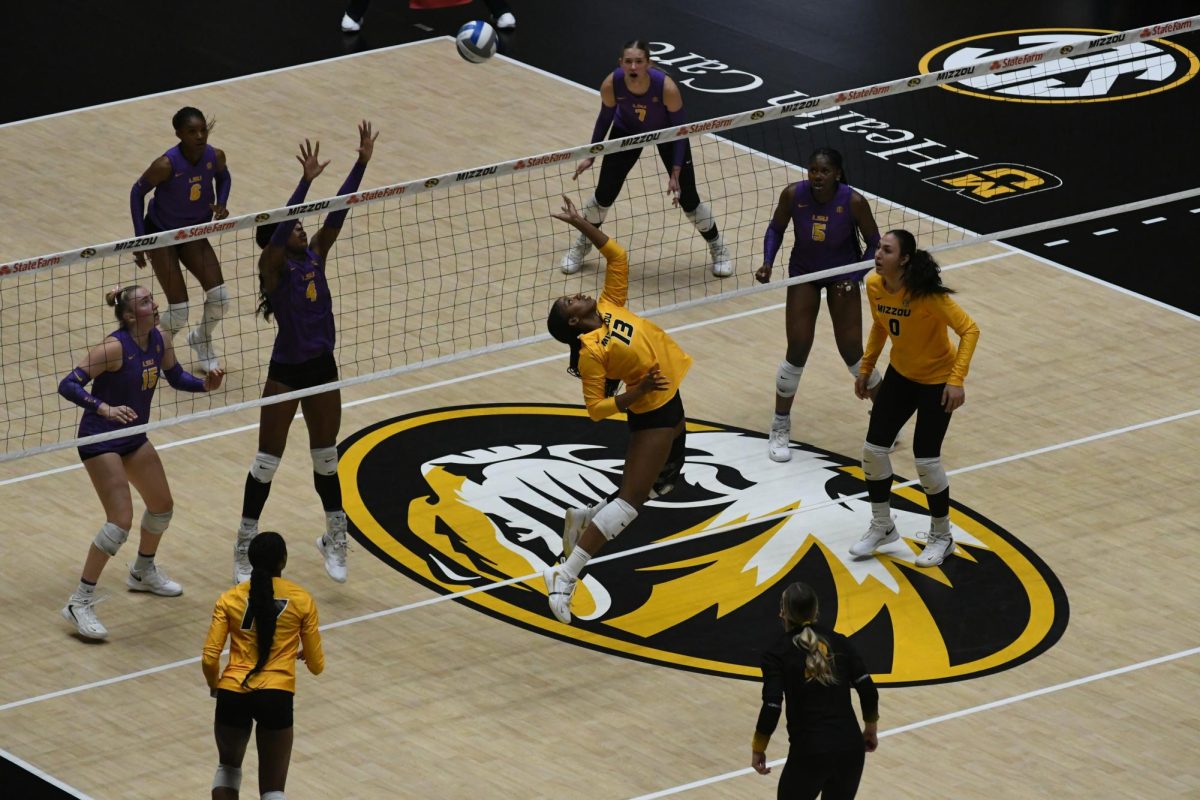There are quite a few teams that the global media never bothers to cover, even though the teams they ignore are icons in their nation and continent. These teams, although not well known, should be covered because of their extensive histories and legacies. These factors make these lesser-known sides forces comparable to those well-known sides. Colo-Colo is Chile’s most iconic club for soccer, and the topic for today’s unknown icon.
Founded in 1925, Colo-Colo’s badge features a depiction of the tribal chief Colo Colo. Colo was one of the chieftains that defended what many call Chile today from the Spanish conquistadors in the Arauco War, which was fought in the 16th century. The foundation of the club was by David Arellano, who led a new club to prominence to spite Magallanes, one of Chile’s biggest at the time, for their institutional problems. On April 28 of 1925, the club was founded and over the next 100 years, they have grown to become one of South America’s biggest institutions.
Their early years saw them compete and surpass teams like Magallanes, Audax Italiano, Santiago Morning, and Santiago Wanderers. After a financial crisis which threatened to bankrupt the club in 1933, they helped form Chile’s professional league, and started to dominate all of Chile from that point onwards. They then over the 40s, 50s, and 60s started to grow heated rivalries with the other two sides of the Chilean Big Three, Universidad Catolica and Universidad de Chile, with the latter being the more important rival.
Then in 1973, a famous team called Colo-Colo 73 captured the hearts of the nation, leading to the highest average attendance in Chilean history at over 45,000 people attending per game, and barely losing to titan Independiente in the Copa Libertadores final, the continent’s championship. That momentum carried over perfectly into the 80s and 90s, where the club’s dominance really started to grow, as well as their successes internationally. Despite serious competition from not only the big three and classic foes, but from newer faces like Cobreloa, Union Espanol, Everton, and Huachipato, Colo-Colo pushed forward to a league of their own, winning 11 out of the last 27 titles of the century.
The 90s were especially important for Colo-Colo, as their international success blossomed into something incredible. They won their only Libertadores so far by smashing defending champions Club Olimpia 3-0 on aggregate in the 1991 final. They also managed to reach multiple other semifinals, including a memorable clash against Brazilian titans Cruzeiro in 1997’s Libertadores semifinals, where they lost on penalties at home. When their good times ended, however, which was when beloved manager Gustavo Benitez left, there was a crisis unlike any other the club had seen thus far.
The late 90s and early 2000s can only be described as financial hell, because despite the continued titles of the early 2000s, the club went bankrupt in 2002 and went bankrupt for a long while. It was until a joint-stock company called Blanco y Negro bought the team in 2005, which then the bankruptcy was lifted, and the team went back to winning a lot as per usual, gaining 11 national titles and 4 national cups, the most of both in that timeframe.
Colo-Colo plays in a white shirt and black pants at home, and has worn many shirts for the road, but most iconically red for 13 years between 1975 and 1988. Colo-Colo has made 38 trips to the Copa Libertadores, being 11th in the all-time table for the continental championship, with one title and many appearances in the knockout stages. The 38 appearances and one title are Chilean records, as although Universidad de Chile, Union Espanola, Cobreloa, and Universidad Catolica have come close, Colo-Colo is still the only team from Chile to win the continental championship.
Lizardo Garrido is the all time leader in games played for the club, with 560 appearances for the white and black between 1975 and 1993, the year he retired. In that timeframe, he won the Libertadores in 1991 and many national titles, making him one of the club’s many legends. Another one of those legends was Carlos Caszely, who netted in 208 goals between 1967 and 1985, being a part of the legendary Colo-Colo 73 team. A modern legend is Esteban Paredes, who netted 22 international goals for Colo-Colo, a club record.
The club also has many branches beyond football, being a sporting institution rather than being solely a football club, like how colleges in the US field many teams themselves. The two most iconic being the women’s football and the basketball branches, both with national and international successes alike. Founded in 2007, the women’s branch is a defining force in South American football, fielding five different teams that made the final, with one winner, being in 2012. The basketball branch was founded in 1950, disbanded in 1972, re-founded in 1995, re-disbanded in 1997 and brought back again in 2012, the basketball branch is significantly weaker, but still notable for two national titles.
Colo-Colo is a team that many in South America respect and fear, but the reason they aren’t more well known is because the Chilean league is poor. The country has had many economic woes, it’s also impacted their viability in football heavily, with the current woes being enough to plunge the Chilean cast further into irrelevancy in the global eye. However, that doesn’t make their history any less important, nor that harms their prestige any less continentally speaking. They continue to be one of the continent’s most followed teams due to not only how populated Santiago is, but also how much influence they have gotten over their 100 years of existence globally.
Founded by spite due to a problematic institution, overcoming two separate club-threatening financial crises and becoming the biggest club in Chile, Colo-Colo has become a critical part of South America’s footballing legacy, a legacy that does its namesake justice.

